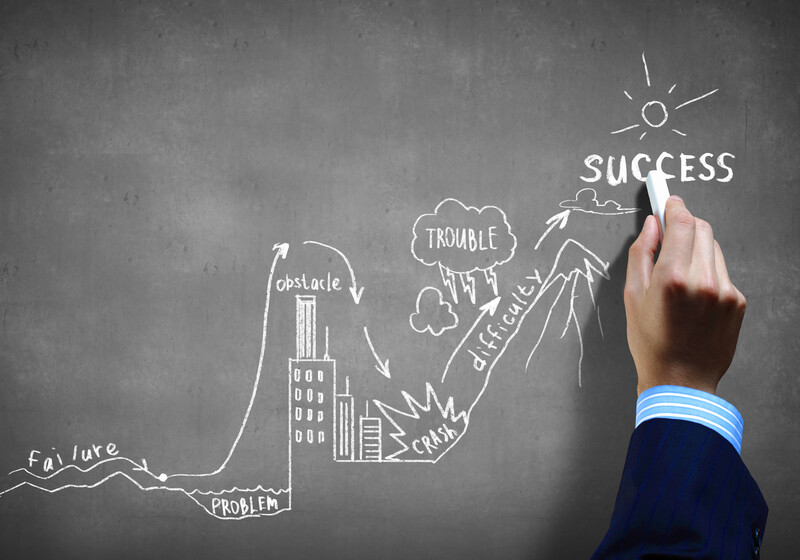Status quo, you know, that is Latin for “the mess we're in.”—Ronald ReaganLife is either a daring adventure or nothing.—Helen Keller
The theme for this month is change, and as the quotations sprinkled throughout this issue illustrate, people are of divided thinking about change. Either it's the best thing since sliced bread, or it's déjà vu all over again. It is either the march of progress or the fad of the moment. When it implies a criticism of the past—and when does it not?—the invitation to make a change can frighten or thrill us, bore us or challenge us. In education, where reform has been a persistent part of the landscape but has only rarely resulted in change that endures, educators often tend to adopt the attitude that “this too will pass.”
Yet the call to change is also a call to learn, and surely that is a call that educators are listening for. At ASCD's Annual Conference this past April, Andy Hargreaves, who writes for Educational Leadership this month on systemic change, shared the characteristics of sustainable change for schools. His research on high-performing schools gives credibility to his view that positive, lasting change is possible. Here is a capsule list of his seven characteristics.
Depth. To sustain education reforms, we must focus on learning that matters and that results in measurable achievement. Calling adequate yearly progress “nonsense on stilts,” he cited research showing that schools that undertook reform slowly and persistently produced greater lasting effects on student achievement than did those trying to get immediate returns. Teaching to the test, reducing learning to scripts and pacing guides, or concentrating primarily on lifting up only those students who are just below the proficiency line are short-term strategies. Instead, schools should join the “slow schools movement,” he urged, and that means “concentrating on teaching for understanding and connecting to all students.”
Endurance. To make change last over time requires that reforms not be linked to one person's bright ideas. If you want continuity, you must distribute leadership to many. In addition, he warned, you must not be a leader “who loves a mess”—that is, one who enjoys creating chaos, cleaning it up, and then leaving.
To make an impact, he told successful principals, stay for at least five years. When it is time to leave, don't sabotage your legacy by making it difficult for your successor to follow you or by trying to control what will come after you leave. “Leaving leadership is rehearsal for leaving life. Your legacy is in people, in principles, and in practices,” he said.
Breadth. If many people have bought into your new practices, the practices will not collapse when you leave. Distributed leadership is not just a team working with data after school. Nor is a community of learners like a family in which the principal must watch over faculty members' emotional relationships with one another. High-performing schools are communities of grownups whose members have real input into conversations about reform.
Justice. As part of a system, every school must consider its effects on every other school. An ethic of competition does not improve matters for all. Partnership and collective accountability can drive schools to work together. (See “The Ripple Effect,” p. 16.)
Diversity. Discovering that a given reform is not a solution for everyone can take the bounce out of the reform. Putting faith in one single program as a way to close the achievement gap will yield only a short-term fix. Noting that many countries are moving away from standardization, he recommended that the United States continue to rely on diverse talents, programs, and expertise.
Resourcefulness. The supply of energy is not bottomless, Hargreaves noted, and we need to attract the next generation to school leadership. Changing demographics indicate that the future of the principalship will lie with the young, the female, and the family-oriented. How can the principalship become more rewarding and less burdensome to these new leaders? The greatest renewal is in learning, he said. “We need to release the energy of younger people and stop micromanaging.”
Conservation. Good changes occur when leaders take time to understand the past. Put lessons from the past on the wall and draw a time line showing who was in your school during each time period and what happened at the time. “Don't dismiss or demean the past. We can learn so much from the past. If their past is not respected and valued, people will retreat into defensive nostalgia rather than embrace change for the future,” he said.
I hope you find in this issue ofEducational Leadership some reasons to give good change a chance. Tune in toEducational Leadership Online, Summer Edition, in mid-June. Happy summer!




